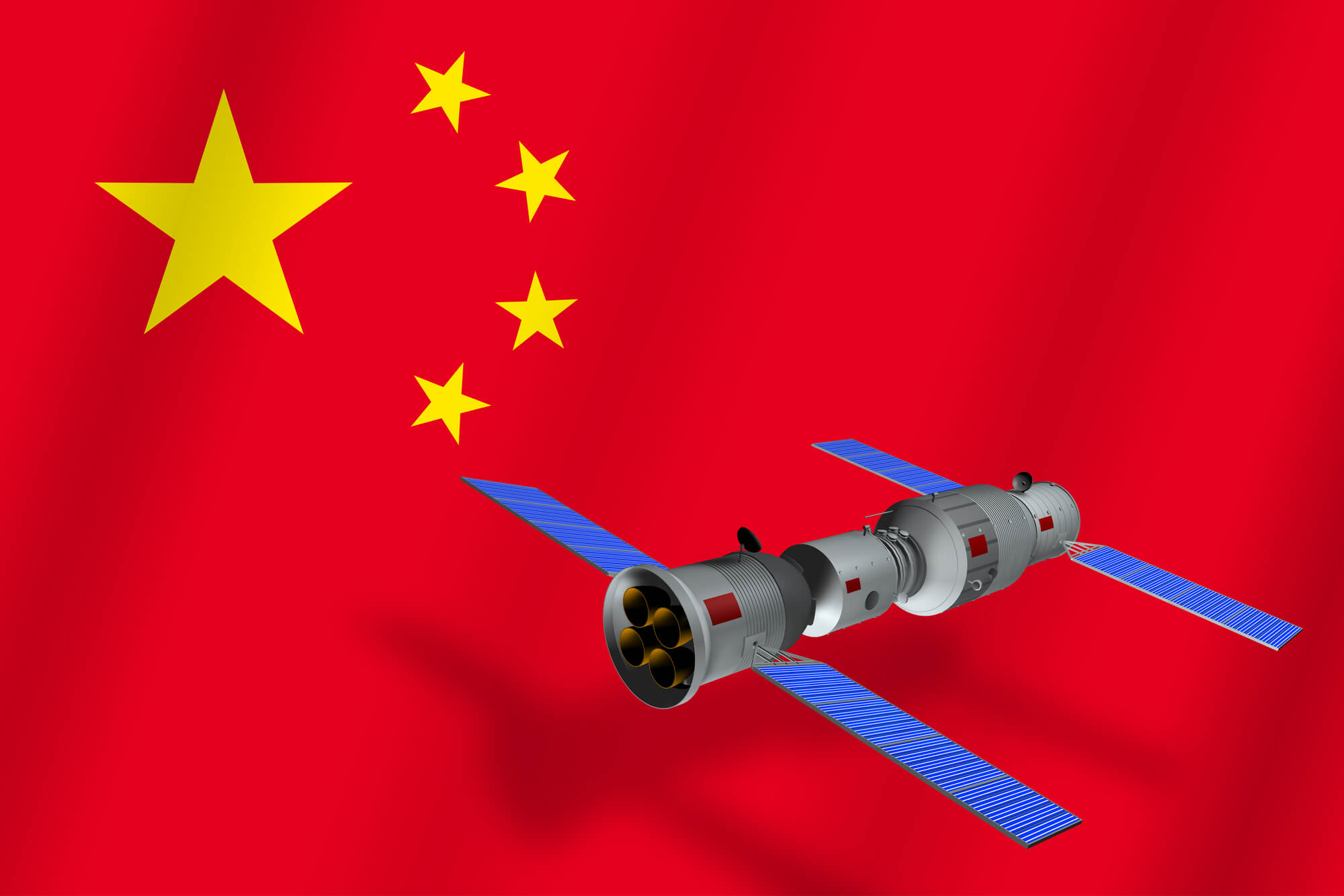The upper stage of the Long March 5 launcher that uploaded a module to the Chinese space station Tiangong about a week ago crashed. These launchers lack a control system for re-entry into the atmosphere

The upper stage of the Chinese Long March 5 launcher crashed over the Indian Ocean and the Pacific Ocean on Saturday, June 30, 2022 at 16:30 GMT (19:30 Israel time). According to the Chinese Space Agency, the launcher crashed into the ocean east of one of the Philippine islands.
This is the upper stage of the Long March 5 launcher that was launched last Sunday to the Tiangong space station. The latest missiles of this model lacked the feature to control re-entry into the atmosphere. A similar incident also occurred in May. Then remnants of the launcher landed in the Ivory Coast and caused damage. A previous launch in May 2021 dropped space debris into the Indian Ocean.
The launcher carried the second of the three modules of the Tiangong space station. The launch of the third part and therefore the completion of the station is expected towards the end of 2022.
NASA publishes an announcement about Chinese space debris
Bill Nelson, NASA administrator, released this message on Saturday July 30 regarding the debris from the Chinese Long March 5B rocket:
"The People's Republic of China did not share specific information about the trajectory when its Long March 5B rocket fell back to Earth.
"All countries flying into space should follow established best practices, and fulfill their role and share this type of information in advance to enable reliable predictions regarding potential dangers of debris impact, especially heavy missiles like Long March 5B, which carry a great risk of loss of life and property. Acting this way is critical for the responsible use of space and to ensure the safety of people here on Earth."
The video tweeted below, taken in Kuching, Malaysia, on the island of Borneo, apparently shows the fragments of the Long March 5B missile burning up in the atmosphere:
Meteor spotted in Kuching! #jalanbako 31/7/2022 pic.twitter.com/ff8b2zI2sw
— Nazri Sulaiman (@nazriacai) July 30, 2022
This video taken in Kuching, Malaysia also shows the wreckage of the missile.
Kuching Sarawak.. meteor or apa pic.twitter.com/HJzN1zbOJ6
— hanifDaslepzz ➐ (@hanifDaslepzz) July 30, 2022

One response
What will happen when a missile carrying radioactive materials is launched and then it crashes on a settlement?
No nuclear propulsion!
Not for nuclear energy?
Any alternative is better!
Eli Isaac
Academic private tutor for computer science